When it comes to selecting the best material for roofing, steel roof sheets stand out for their durability, aesthetic appeal, and cost-effectiveness. In this comprehensive guide, we’ll explore everything about steel roof sheets design—how they work, their types, applications, advantages, and much more. By the end, you’ll know exactly what to look for, how to choose the right supplier, and why steel roof sheets are such a fantastic choice for both residential and commercial buildings.
Overview of Steel Roof Sheets Design
Steel roof sheets are widely used in construction for both residential and industrial buildings due to their robustness, versatility, and cost-efficiency. With various profiles, coatings, and customization options available, steel roofing systems offer not only superior protection from the elements but also design flexibility to match different architectural styles.
Key Features of Steel Roof Sheets:
- Durability: Resistant to harsh weather conditions, including heavy rain, wind, and snow.
- Aesthetics: Available in a range of styles and colors to suit various design needs.
- Energy Efficiency: Can be coated with reflective materials to enhance insulation.
- Low Maintenance: Once installed, steel roof sheets require minimal upkeep.
- Sustainability: Often made from recycled materials and fully recyclable at the end of their lifespan.
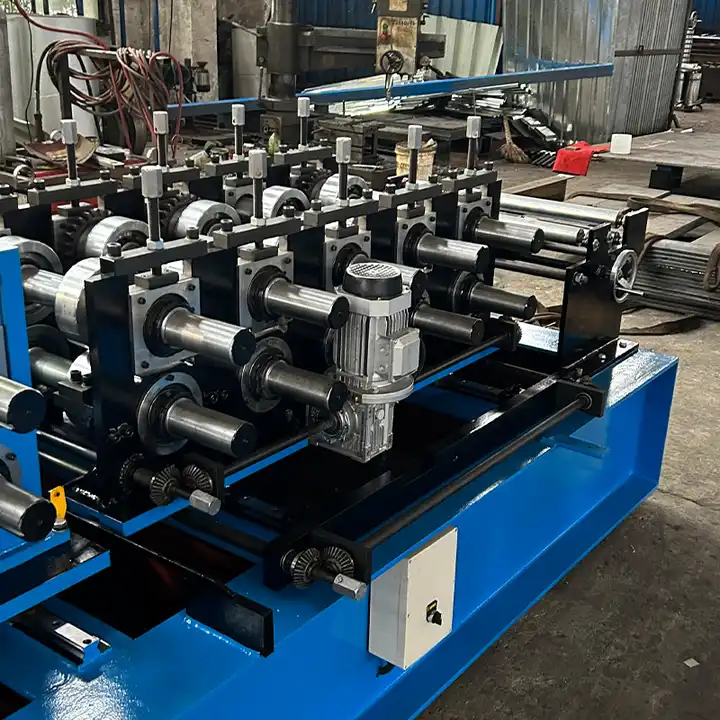
Corrugated Iron Sheets Guide
Corrugated iron sheets are one of the most recognized forms of steel roofing. They are characterized by their wave-like pattern, which enhances strength while reducing weight. This design is ideal for industrial, agricultural, and even residential projects.
Benefits of Corrugated Steel Roof Sheets:
- Affordability: One of the most cost-effective roofing options.
- Strength-to-Weight Ratio: The corrugated pattern adds structural integrity without excessive weight.
- Weather Resistance: Ideal for regions with heavy rainfall or snowfall.
- Ease of Installation: Lightweight and simple to install, making them a popular choice for DIY projects.
Types of Steel Roof Sheets Design
Different types of steel roof sheets cater to varying needs depending on the building’s architecture, location, and purpose. Here’s a breakdown of the most common types:
| Type | Description | Best Used For | Key Features |
|---|---|---|---|
| Corrugated Steel Sheets | Wavy pattern design; offers high structural integrity. | Industrial, agricultural buildings | Strong, lightweight, affordable, highly durable |
| Standing Seam Steel Roofs | Vertical seam panels interlock, creating a modern, sleek look. | Residential and commercial properties | Aesthetic appeal, watertight, energy-efficient |
| Ribbed Steel Sheets | Raised ribs increase strength and provide excellent water drainage. | Warehouses, factories, barns | High load capacity, rust-resistant coatings available |
| Galvanized Steel Roofs | Zinc coating offers superior protection against rust and corrosion. | Coastal buildings or areas with high humidity | Rust-proof, low maintenance, long-lasting |
| Stone-Coated Steel Sheets | Steel base with a layer of stone chips for added texture and design variety. | Luxury residential homes, hotels | Aesthetic variety, impact resistance, noise reduction |
| Color-Coated Steel Sheets | Available in a range of colors with high-performance coatings to prevent fading and corrosion. | Modern residential, commercial properties | Customizable, weather-resistant, long-lasting finish |
| Aluzinc Steel Sheets | Coated with an aluminum-zinc alloy for better corrosion resistance and thermal performance. | High-heat and humid areas | Superior thermal regulation, rust-resistant |
| Concealed Fastener Panels | Hidden screws and fasteners provide a smooth, clean look. | High-end residential, commercial buildings | Sleek design, excellent water-tightness, UV resistant |
| Trapezoidal Steel Sheets | Trapezoid profile that offers excellent load-bearing capacity. | Industrial buildings, carports, and sheds | Strength under heavy loads, fast water drainage |
| Insulated Steel Panels | Includes layers of insulation between two steel sheets for energy efficiency. | Cold climates, energy-efficient buildings | Insulation properties, noise reduction, energy savings |
How Steel Roof Sheets Are Designed and Manufactured
The design and manufacturing process of steel roof sheets involves precision and technical expertise. It starts with selecting high-quality steel and ends with the final product being cut, shaped, and coated according to the customer’s requirements.
The Working Process of Steel Roof Sheets Design:
- Material Selection: The base steel material, typically galvanized or galvalume steel, is selected for its anti-corrosion properties.
- Forming Process: Steel sheets are passed through rollers that shape them into the desired profile, such as corrugated, ribbed, or standing seam.
- Coating: A protective coating of zinc, aluminum, or color is applied to enhance durability and prevent rusting.
- Cutting and Sizing: The steel sheets are cut to size according to project specifications.
- Quality Control: Each sheet is inspected for quality, thickness, and durability.
- Packaging and Shipping: The final product is carefully packaged to prevent damage during transport.
-
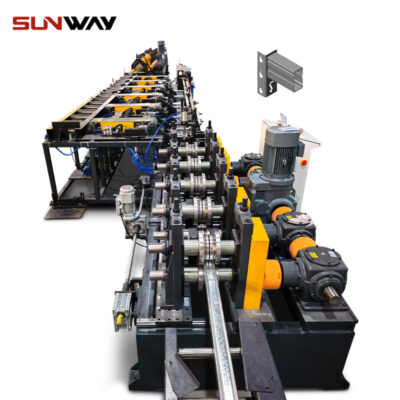 Storage Rack Shelf Box Panel Making Machine Steel Storage Rack System Box Beam Roll Forming Line
Storage Rack Shelf Box Panel Making Machine Steel Storage Rack System Box Beam Roll Forming Line -
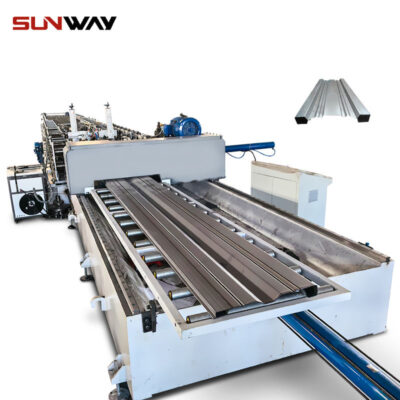 Carriage Board Roll Forming Machine
Carriage Board Roll Forming Machine -
 Highway Guardrail End Terminal Forming Machine
Highway Guardrail End Terminal Forming Machine -
 Highway U/C Post Roll Forming Machine
Highway U/C Post Roll Forming Machine -
 2 Waves Highway Guardrail Roll Forming Machine
2 Waves Highway Guardrail Roll Forming Machine -
 3 Waves Highway Guardrail Roll Forming Machine
3 Waves Highway Guardrail Roll Forming Machine -
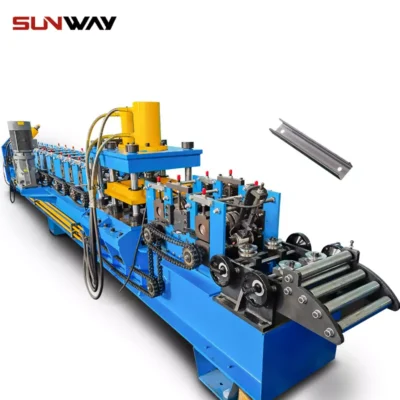 C Section Bracing Omega Storage Rack Upright Post Roll Forming Machine
C Section Bracing Omega Storage Rack Upright Post Roll Forming Machine -
 Steel Box Plate Making Roll Forming Machine
Steel Box Plate Making Roll Forming Machine -
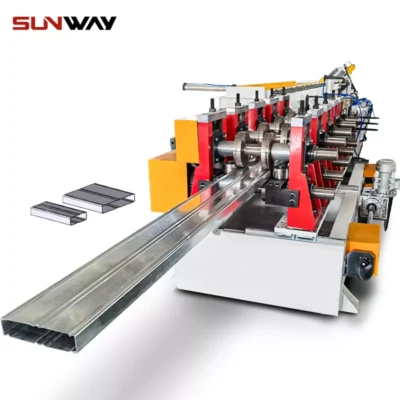 Box Beam Steel Roll Forming Machine For Shelf Column
Box Beam Steel Roll Forming Machine For Shelf Column
Key Components in Steel Roof Sheets Design
The performance of steel roofing is influenced by various components that contribute to its strength, durability, and functionality. Here’s a breakdown of the key components involved in steel roof sheets design:
| Component | Function |
|---|---|
| Steel Base | The primary structural element providing strength and support. |
| Protective Coating | Zinc, aluminum, or paint coating to prevent rust and extend the lifespan. |
| Insulation Layer | Optional layer that improves energy efficiency by regulating temperature. |
| Fasteners | Screws, nails, or clips that hold the sheets in place. |
| Ridge Caps | Covers the ridge line of the roof to prevent water leakage. |
| Gutters and Downspouts | Channels that direct water away from the roof and building foundation. |
| Sealing Tape/Adhesives | Seals gaps between sheets to ensure waterproofing and prevent leaks. |
Machine Speed and Efficiency in Steel Roof Manufacturing
The speed and efficiency of the machines used in the production of steel roof sheets play a critical role in determining the cost, production volume, and delivery times.
| Machine Type | Speed (sheets/min) | Efficiency |
|---|---|---|
| Roll Forming Machine | 15-30 sheets/min | High-speed production of corrugated or trapezoidal sheets. |
| Automatic Shearing Machine | 20-50 sheets/min | Ensures precise and consistent cutting of sheets. |
| Coating and Drying Machines | 25-40 sheets/min | Coats steel sheets with protective layers quickly and efficiently. |
| Punching Machine | 10-25 sheets/min | Adds holes or designs to steel sheets without compromising structural integrity. |
Customized Mechanical Parameters for Steel Roof Sheets Design
For projects requiring specialized steel roof sheets, custom mechanical parameters can be adjusted to meet specific needs.
| Parameter | Description |
|---|---|
| Thickness | Steel roof sheets can vary in thickness, typically ranging from 0.3mm to 0.8mm, depending on load requirements. |
| Length | Custom lengths are available to reduce waste and provide seamless roof coverage. |
| Width | Standard widths range from 700mm to 1250mm, but custom widths can be ordered for unique building designs. |
| Coating Thickness | The thickness of zinc, aluminum, or color coatings can be customized for better corrosion resistance or aesthetic needs. |
| Profile Depth | The depth of the corrugations or ribs can be tailored to enhance strength for specific applications. |
Applications and Uses of Steel Roof Sheets
Steel roof sheets have diverse applications, depending on the specific design and material properties. From residential homes to large-scale industrial facilities, here’s where steel roof sheets shine:
| Application | Description |
|---|---|
| Residential Roofing | Steel roof sheets are used for homes, offering both aesthetic appeal and durability in harsh weather conditions. |
| Commercial Buildings | Ideal for office buildings, retail spaces, and other commercial properties, especially those needing modern designs. |
| Industrial Structures | Factories, warehouses, and manufacturing plants benefit from the strength and longevity of steel roof systems. |
| Agricultural Buildings | Barns, storage sheds, and greenhouses often use steel roof sheets for their resilience and low maintenance. |
| Public Facilities | Schools, hospitals, and community centers use steel roofing for its fire resistance and energy efficiency. |
| Recreational Facilities | Sports complexes, arenas, and gymnasiums can utilize steel roofing for large-span structures. |
Installation, Operation, and Maintenance of Steel Roof Sheets
Proper installation, regular maintenance, and understanding the operational requirements of steel roof sheets are essential to ensure longevity and performance.
| Stage | Details |
|---|---|
| Installation | Install sheets from the bottom-up, overlapping by at least one corrugation or seam. Secure with fasteners and sealing. |
| Operation | Ensure proper drainage with gutters, and avoid foot traffic on the roof unless using walking boards. |
| Maintenance | Periodically inspect for rust, loose fasteners, and clogged gutters. Clean debris to prevent water buildup. |
Choosing a Supplier for Steel Roof Sheets
Finding a reliable supplier is critical in getting the best value for your money. Here’s how to assess suppliers:
| Criteria | What to Look For |
|---|---|
| Reputation | Look for suppliers with a solid reputation for quality and customer service. |
| Price Transparency | Ensure that prices are clear and competitive without hidden costs. |
| Customization Options | Check if the supplier offers customization for thickness, profile, and coatings. |
| Lead Time | Ask about production and delivery times to avoid delays. |
| Certifications | Ensure that the supplier complies with industry standards and certifications for quality and safety. |
Steel Roof Sheets Pricing and Suppliers
Prices vary based on the type of steel sheet, coatings, thickness, and supplier location. Here’s a general range:
| Supplier | Product | Price Range (USD per sqm) |
|---|---|---|
| ABC Steel Suppliers | Corrugated Steel Sheets | $8 – $12 |
| Global Metal Roofing | Standing Seam Steel Panels | $15 – $25 |
| MetalCraft Roofing | Color-Coated Steel Sheets | $10 – $18 |
| RoofTech Solutions | Galvanized Steel Roofing | $12 – $16 |
Advantages and Limitations of Steel Roof Sheets Design
Like any product, steel roof sheets have their pros and cons. Here’s a comparison:
| Advantages | Limitations |
|---|---|
| Durability and Long Lifespan | Can be noisy during heavy rain or hail without proper insulation. |
| Cost-Effective | May require skilled labor for installation, which can increase initial costs. |
| Low Maintenance | Susceptible to rust if not properly coated or maintained, especially in coastal areas. |
| Aesthetic Flexibility | Metal can dent under heavy impact (e.g., falling branches or severe hailstorms). |
| Eco-Friendly | Some designs may have limited color and profile options compared to alternative materials like asphalt shingles. |
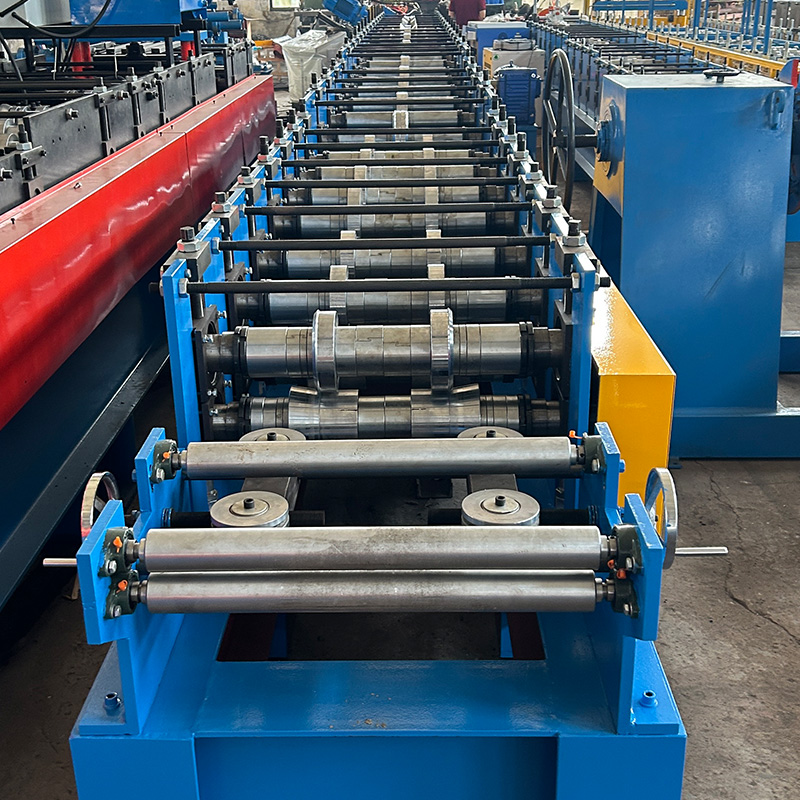
FAQs
| Question | Answer |
|---|---|
| Are steel roof sheets suitable for all climates? | Yes, steel roof sheets are designed to withstand various weather conditions, from heavy snowfall to intense sun exposure. |
| How long do steel roof sheets last? | With proper care and maintenance, steel roofing can last anywhere from 40 to 70 years. |
| Are steel roof sheets noisy during rain? | Without insulation, metal roofs can be noisy. However, adding insulation or soundproofing materials can minimize noise. |
| Can I install steel roof sheets myself? | While DIY installation is possible, it is recommended to hire professionals for larger or more complex projects. |
| What’s the best type of steel roof sheet for residential homes? | Standing seam panels or stone-coated sheets are often recommended for their aesthetic appeal and durability. |
Conclusion
Steel roof sheets are a versatile and cost-effective solution for various types of buildings, from residential homes to large industrial complexes. With different types, designs, and finishes, they offer flexibility and durability that is hard to beat. By understanding their designs, components, and applications, you can make an informed decision that ensures your building has both structural integrity and visual appeal. When selecting a supplier, remember to consider factors such as customization options, pricing transparency, and lead times to ensure a smooth project from start to finish.
